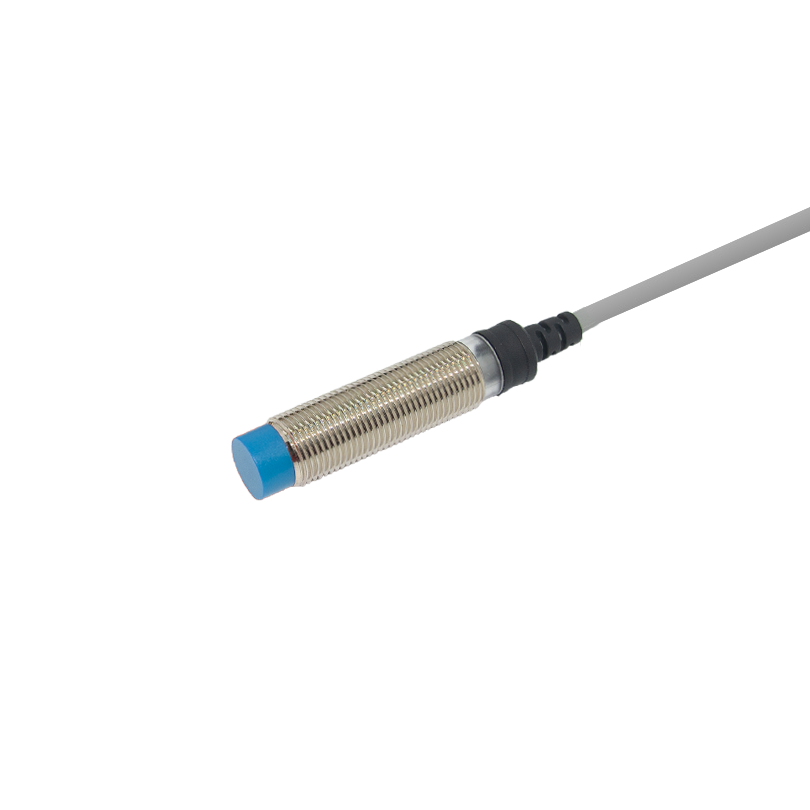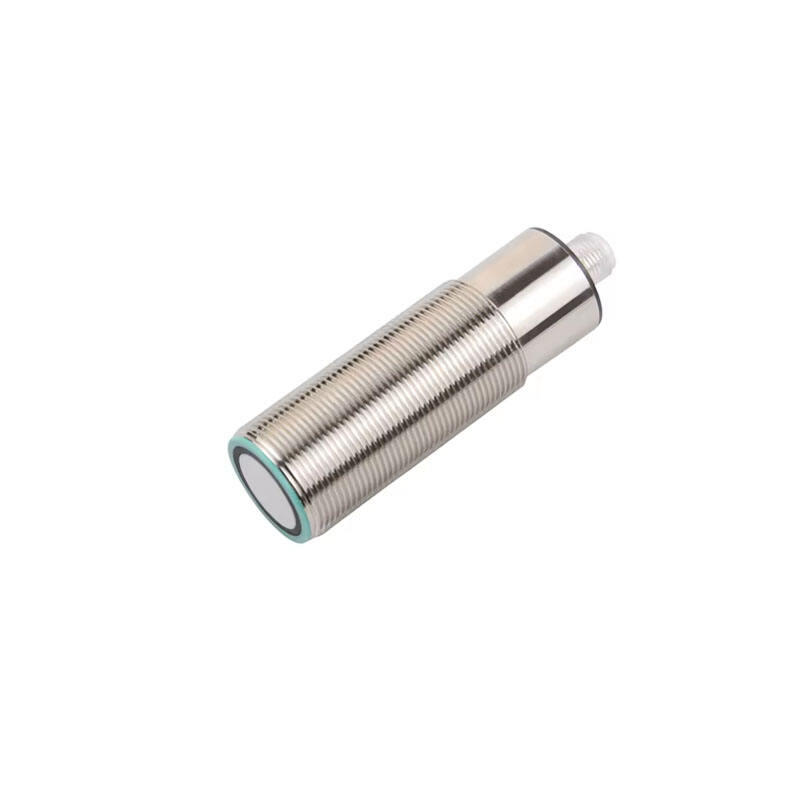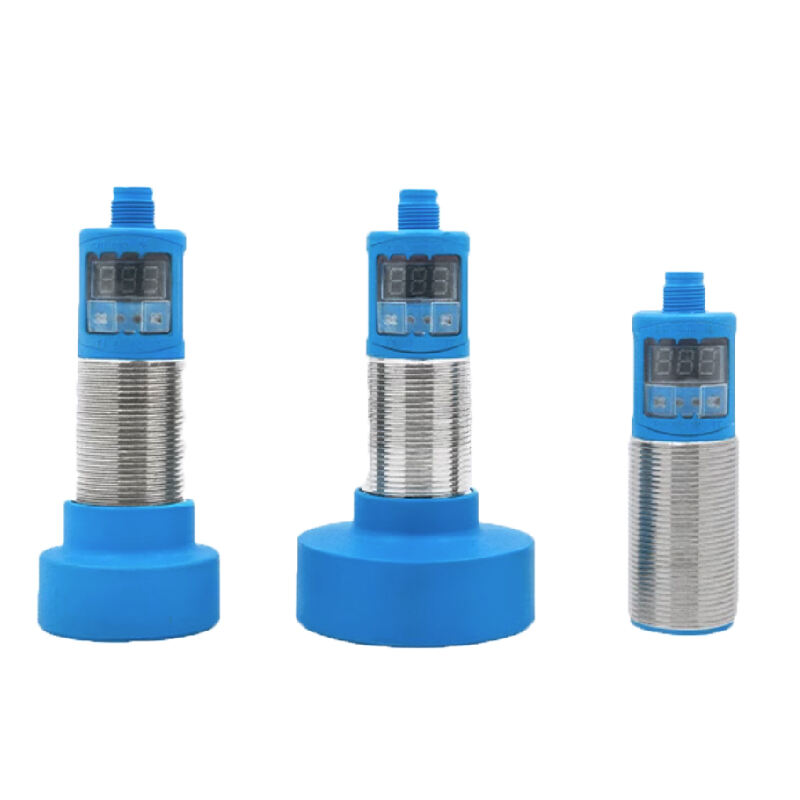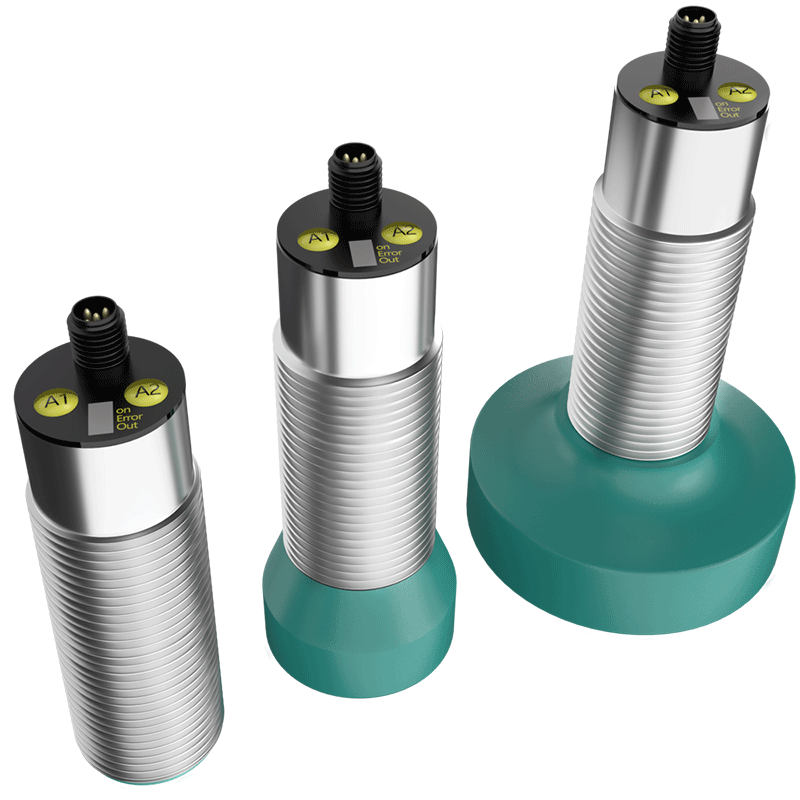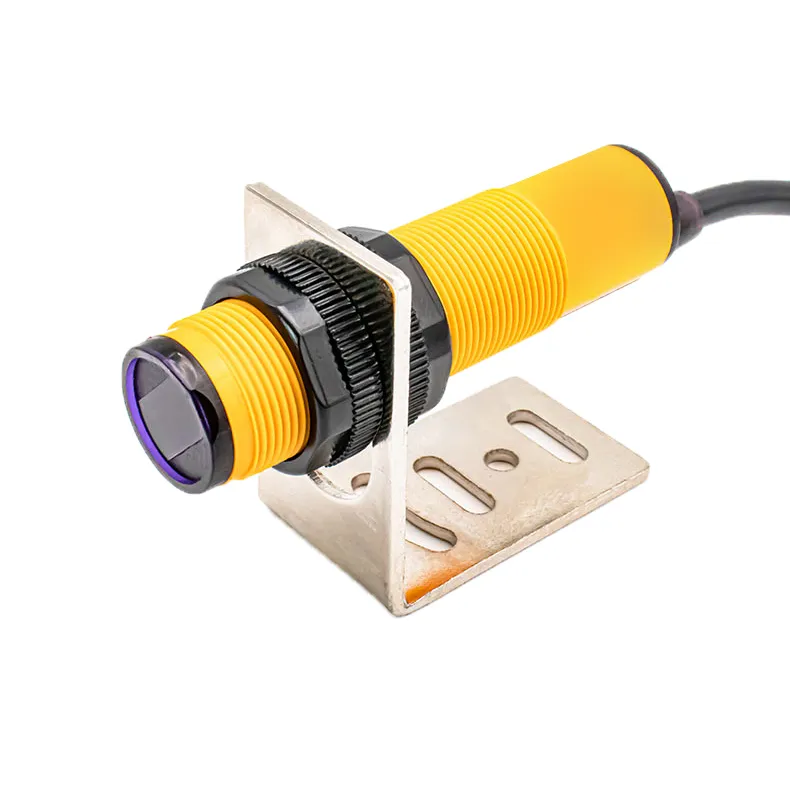capacitive proximity sensor
A capacitive proximity sensor is a sophisticated electronic device that detects nearby objects without physical contact by measuring changes in capacitance. This sensor creates an electrostatic field and monitors variations in its electrical properties when objects enter its detection range. Operating through the principle of capacitive sensing, it consists of a sensing electrode, oscillator circuit, and signal processing unit. The sensor excels at detecting both metallic and non-metallic materials, including plastics, liquids, and organic substances. When an object approaches the sensor's active surface, it disturbs the electromagnetic field, causing a change in capacitance that triggers the sensor's output. Modern capacitive proximity sensors feature adjustable sensitivity settings, allowing for precise detection distances typically ranging from a few millimeters to several centimeters. These sensors find extensive applications across various industries, from manufacturing automation and packaging lines to consumer electronics and automotive systems. They are particularly valuable in environments where non-contact detection is crucial, such as in food processing, pharmaceutical manufacturing, and level monitoring in tanks. The sensor's ability to operate through certain non-metallic materials makes it ideal for hidden installation applications, enhancing both functionality and aesthetic appeal in various design scenarios.

